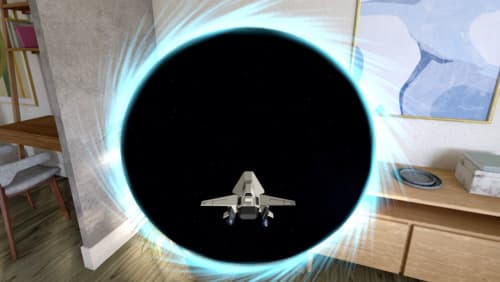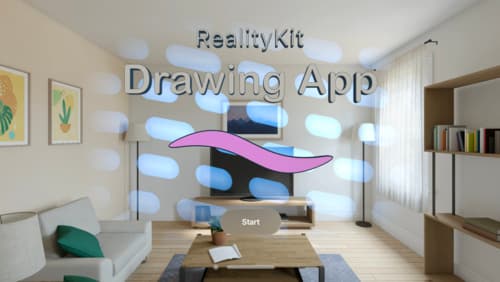Whats the difference between arkit and realitykit?
Asked on 2024-08-12
1 search
ARKit and RealityKit are both frameworks provided by Apple for creating augmented reality (AR) experiences, but they serve different purposes and have distinct features:
-
ARKit:
- ARKit is primarily focused on providing the core AR capabilities, such as motion tracking, environmental understanding, and light estimation. It allows developers to create AR experiences by overlaying digital content on the real world.
- It is more about the foundational AR functionalities, enabling apps to understand the physical environment and place virtual objects within it.
-
RealityKit:
- RealityKit is a higher-level framework that builds on top of ARKit, providing advanced rendering and simulation capabilities. It is designed to simplify the creation of 3D content and spatial experiences.
- It offers features like realistic rendering, animation, physics, and audio, making it easier to create immersive and interactive AR experiences.
- RealityKit supports USD and MaterialX, allowing for more complex and visually rich content creation. It is integrated with tools like Reality Composer Pro, which provides a more intuitive way to design and place virtual content.
In summary, while ARKit provides the essential tools for AR development, RealityKit enhances these capabilities with more advanced features for rendering and interaction, making it suitable for creating more sophisticated AR applications.

Platforms State of the Union
Discover the newest advancements on Apple platforms.

Discover RealityKit APIs for iOS, macOS and visionOS
Learn how new cross-platform APIs in RealityKit can help you build immersive apps for iOS, macOS, and visionOS. Check out the new hover effects, lights and shadows, and portal crossing features, and view them in action through real examples.

Build a spatial drawing app with RealityKit
Harness the power of RealityKit through the process of building a spatial drawing app. As you create an eye-catching spatial experience that integrates RealityKit with ARKit and SwiftUI, you’ll explore how resources work in RealityKit and how to use features like low-level mesh and texture APIs to achieve fast updates of the users’ brush strokes.
